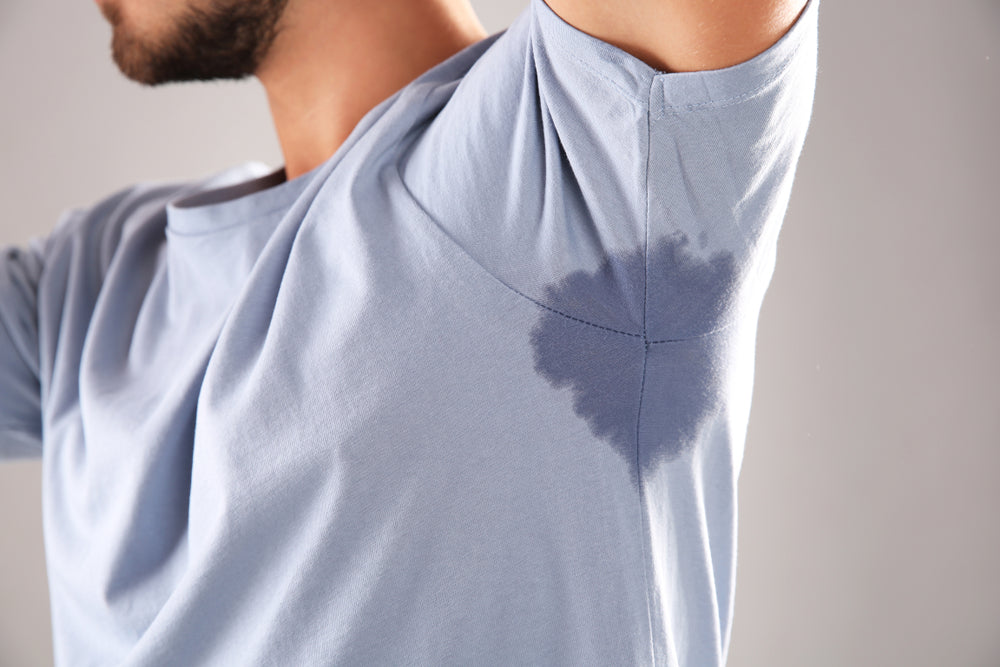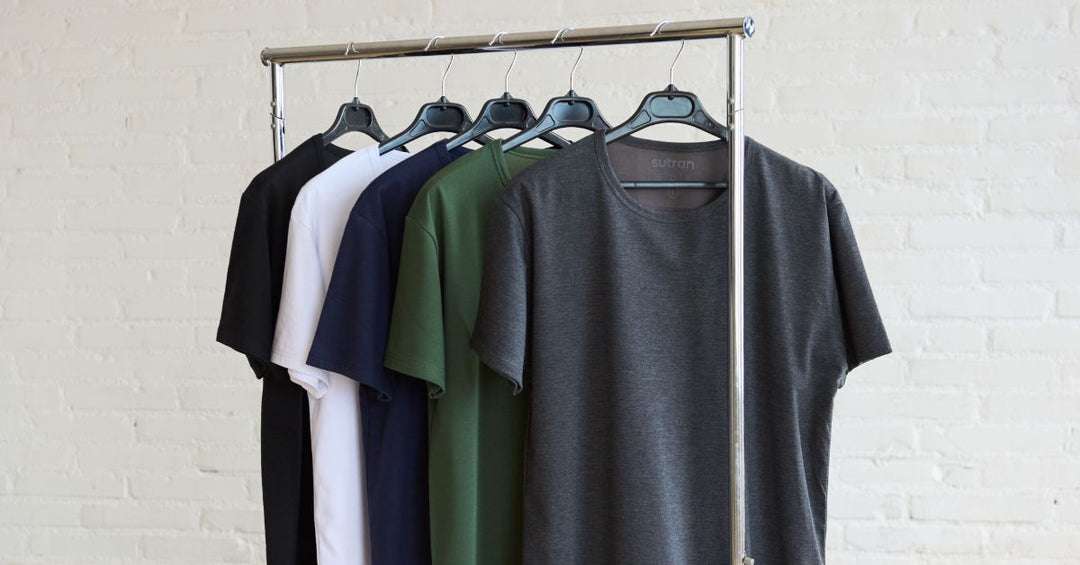Sweating is not only associated with hot summer days. Even in winter, we can find ourselves sweating more than expected.
Has this ever happened to you? It is quite common and has its explanations. In this article, we explain why we sweat in winter, what factors cause it and how to avoid it so you can be more comfortable.
Factors that cause cold sweating
Cold seems like the last thing we would associate with sweating, but in reality, there are several factors that can cause it.
If you've found yourself sweating in the middle of winter, these causes are probably to blame.
Metabolism and energy
Our body is constantly adjusting its internal temperature to keep itself safe.
In winter, when the outside temperature drops, the body activates its metabolism to generate heat. This process can cause us to sweat more, as the body tries to regulate temperature.
This is a natural response, but sometimes, if the exertion is too great, excessive sweating can occur.
Influence of heating
Even if the weather outside is cold, heating at home or in the office can cause us to sweat without realizing it.
Sudden changes in temperature between outside and warm interiors can affect the body's thermal regulation, causing us to start sweating.
Even if it's winter, the heat from radiators or heating can make our bodies work harder than usual to regulate temperature.
Recommended clothing to reduce sweating
One of the main culprits of sweating in winter is the clothes we choose. If we don't know how we dress, it is very easy to fall into the mistake of covering ourselves too much, which generates more body heat than necessary.
Here are some tips on how to avoid it:
Tips for choosing fabrics
The first step is to choose breathable fabrics.
Garments made of natural materials such as cotton or linen allow sweat to evaporate more easily.
However, if you are going to do physical activities or move a lot, technical fabrics such as polyester or elastane blends can also be good, as they allow sweat to evacuate without keeping it in contact with the skin.
Layers to regulate temperature
The trick to dressing correctly in winter is layering. By dressing in layers, you can better adapt to different temperatures and avoid excessive sweating.
Start with a base layer to wick away sweat then a middle layer to keep you warm, and finally an outer layer to protect you from wind or rain.
This way, you can take off or put on layers as needed, without generating unnecessary heat.
Common mistakes when dressing in winter
It's easy to make mistakes when dressing in winter. Sometimes, because we want to be warm, we end up creating excess heat, which causes sweating. Here are some of the most common mistakes.
Wearing too many layers
Although it may seem like layering is the best thing to do in cold weather, we often overdress.
Wearing too many layers creates more heat than necessary, and since we can't regulate our temperature, sweating is inevitable.
Make sure you choose your garments wisely so you don't overdress.
Synthetic vs. natural fabrics
Synthetic fabrics, although very effective in protecting against the cold, do not always allow the skin to breathe properly.
This can cause sweat to be trapped, leading to discomfort and dampness.
It is better to opt for natural base layer materials, such as cotton or merino wool, which allow perspiration without generating excess sweat.
How sweat affects health and garments
Sweat can not only be uncomfortable, but it can also affect both our health and our garments.
It is important to understand how to manage this situation.
Care for technical clothing
Technical clothing, especially sports or performance clothing, needs specific care.

Sweat, if not properly removed, can damage the fibers and reduce the effectiveness of the garments.
It is advisable to wash clothes thoroughly after each use, avoiding softeners that may alter the properties of the fabrics.
Also, be sure to dry them properly to prevent sweat from accumulating and causing unpleasant odors.
Preventing discomfort
Discomfort caused by sweat in winter can be annoying, but there are ways to prevent it.
In addition to choosing the right clothing and not overdressing, it is important to maintain good hydration.
Sometimes excessive sweating is a sign that the body is trying to regulate itself, and by being well hydrated, the body can function more efficiently.
In summary, sweating in winter is a natural response of the body to regulate internal temperature, but it can be avoided if we take into account factors such as clothing choices and environmental conditions.
Proper layering, breathable fabrics and a little attention to detail can help keep us comfortable and dry, even on cold days.








